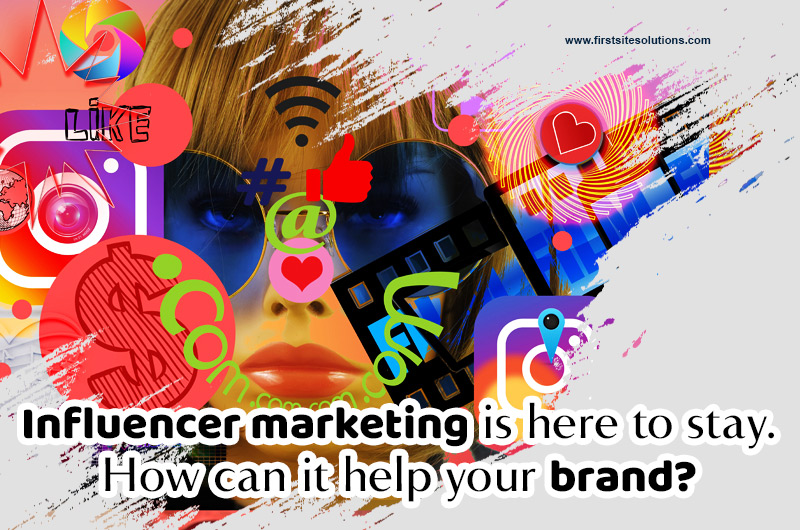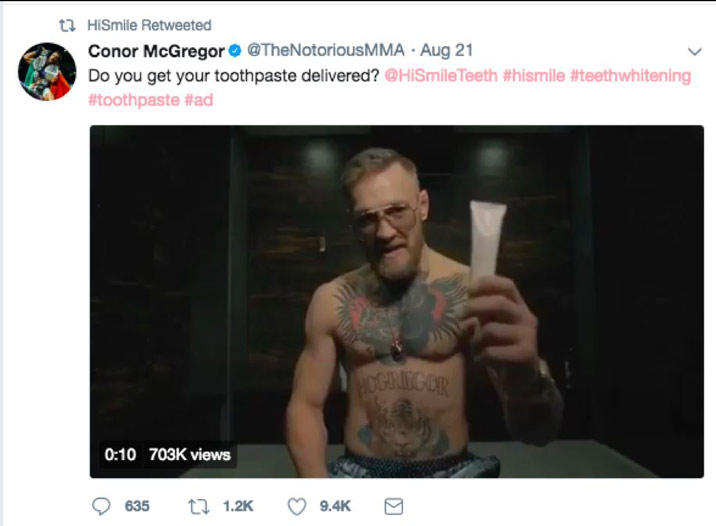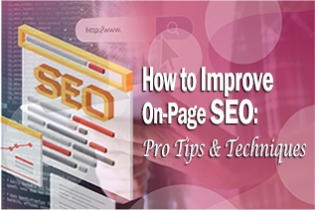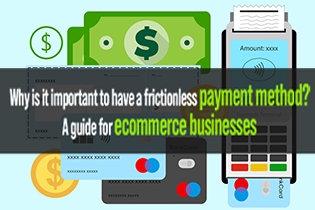
Did you hear about what Meghan Markle said in her interview with Oprah Winfrey?
Did you see Gigi Hadid’s latest outfit? Did you hear about Kim Kardashian’s divorce? And this goes on and on.
Gosh, the lives of celebrities are so interesting. We’re often drawn by their charisma and influenced by their styles. More importantly, we’re inspired by the things they do. Just maybe, their fame will rub off on us too! LOL!
Influencers Are A Part Of Our Lives
Nowadays, it’s not only about TV celebrities. As we move away from traditional media and into social media, anybody and everybody is eager to buy their ticket to fame. All it takes is promoting yourself and engaging with ordinary people. With people spending, on average, 2 hours 22 minutes every day on various social media platforms, it’s not all that difficult to build up a strong following.
Businesses are quick to make the most of this trend. They are using people active on social media with a large fanbase as their brand advocates. The benefits of influencer marketing are here for the taking, from boosting brand awareness to adding credibility and glamour to your brand to increasing sales.
Businesses have been quick to add influencer marketing to their digital marketing mix. If you’re wondering how it can help your brand, you’ve come to the right place. We’ll take a closer look at what influencer marketing has to offer and how other brands are killing it with their influencers.
But before we dive into this, let’s take a look at some impressive statistics to help you get an idea of just how successful influencer marketing really is.
Influencer Marketing Is Alive And Thriving
You’ll be surprised to learn that even after COVID-19 turned our world upside down, influencer marketing is still as strong as ever. Here are some statistics to help you get a clear picture.
- The stats show that 87% of consumers admit they’ve made at least one purchase because an influencer prompted them to.
- 89% of marketers believe influencer marketing is effective.
- For every $1 spent on influencer marketing, a business receives $6.50 in return.
- 42% of marketers consider influencer marketing one of the top ROI marketing strategies.
- 89% of marketers claim that ROI from influencer marketing is comparable to or better than other marketing strategies.
- Nearly 68% of brands plan to partner with influencers for paid or unpaid campaigns.
As you can see, influencer marketing is flourishing. And it’s here to stay. Now to the important part- capitalizing on this trending marketing approach.
How Can Influencer Marketing Help Your Brand?
Businesses around the world are facing a common problem- people are blocking ads. According to a study from Statista from the second quarter of 2020, nearly 40% of the US population (15+ years old) use ad blockers. This is making it challenging for businesses to reach their target audiences.
Consumers are not only tired of being interrupted, but they’re also fed up with being talked at. They crave actual interactions and engagement with real people. The exciting part is that the solution to these problems is right in front of you. It’s cheaper, simpler, and faring much better than digital ads.
Yes, you guessed- social media.
With 3.6 billion people already using social media, all you need to do is collaborate with the right influencer. However, just like any other digital marketing campaign, you need to start off with a plan. The best approach is to state clearly what goals you want to achieve. Generally, businesses that plan to tap into the potential of influencer marketing have the following goals in mind:

With these goals in mind, here are several ways influencer marketing can help achieve them:
1. Increase brand awareness
Influencers can position your brand in front of their followers. Through their conversations, they promote a product and efficiently elicit positive sentiments from the target audience. As the influencer communicates and interacts with followers, they can effectively boost brand awareness and online visibility.
2. Seize the attention of your audience
It’s getting increasingly more challenging for brands to grab and retain the attention of consumers. This is where influencers, especially micro-and nano-influencers, can be helpful. Since they’re actively engaged within their niche, they help segment your target audience and instantly grab the attention of their followers.
Through their product reviews and stories, they’re able to draw people who are more likely to purchase your brand.
3. Influencers help create a buzz around your brand
Influencers are popular because they’re often doing something new and exciting. What does this mean for you? People interested in an influencer will naturally be introduced to your brand as well. That is why many brands target trendsetting influencers to introduce new ideas and products.
4. Effectively sway customers to your brand
When a company employee promotes a product, viewers can quickly dismiss his statements because they believe it’s his job to speak positively about the business. Conversely, a person from outside of the company can do the same thing and create the opposite results. Therefore, an influencer that your target market trusts is deemed more credible.
For instance, Only 1% of millennials trust advertisements, while 33% trust blog reviews for their purchases. With the ease of access to trustworthy reviews on social media, 50% of millennials say they trust influencer recommendations rather than one from a celebrity. More importantly, it’s not only who the influencer is but what they are saying. An influencer confirms the reliability of the products and services they recommend, providing strong validation for a purchase. And since the follower has willingly chosen to receive content, they are more attentive to what an influencer says.
5. Expand the reach
Influencers introduce your brand to their followers and place it in front of an actively engaged audience. And since people are eager to listen to what an influencer has to say, they gain their followers' attention quickly and help with customer acquisition.
Often, it means introducing your brand to people who otherwise would not have even heard about you. This allows your businesses to connect to a wider market and converts them into paying customers faster.
6. Improve the bottom line
Influencers increase reach and influence consumer purchasing decisions. Moreover, they also increase brand awareness and brand recognition, both of which are crucial for developing consumer loyalty. The combined efforts of these aspects help boost conversions, drive lead generation, and grow sales and revenue.
7. Get ahead of the competition
Influencer marketing is a relatively new approach. By aligning your brand with an influencer, you’re a step ahead of the others who are still testing in the waters of digital. Use this as an opportunity to become an innovative leader.
8. Help generate real, meaningful interactions
People want authentic connections to interact with real, genuine, and relatable people, which an influencer can provide. Often, niche-specific influencers can effectively convey your message to a relevant, highly-focused audience. Thus the likelihood of a conversion is higher. This is precisely why you need to select an influencer with a high level of engagement, not the number of followers.
9. Help create valuable content - not ads
Consumers don’t like ads, that much we already know. Therefore, it’s crucial for you to produce fresh and engaging content. But that’s easier said than done. However, an influencer can help you with content development.
After all, they’ve been creating high-quality, appealing, personalized content for their followers all along. By bringing them on board, you can now offer useful, non-salesy content that your target audience will not run away from.
10. Boost online reputation and credibility
People follow others on social media for a reason. More than just curiosity, people trust an influencer’s opinions, recommendations, and insights. These individuals have established themselves as experts in their own niches. So when they use a product themselves and suggest it to others, consumers are inspired to make a purchase. This word-of-mouth recommendation boosts a brand’s online reputation and credibility.
Examples Of Brands Acing Their Influencer Marketing Campaigns
There are tons of successful influencer marketing campaigns out there, each created to achieve different goals. Here are just a few examples that we looked at and how they were able to generate the right results.
1. HiSmile
HiSmile, a teeth whitening company, wanted to raise brand and product awareness. They used an influencer partnership with Conor McGregor to connect a previously untapped audience of young men (between 18- to 24-year-olds).
HiSmile created ads in Instagram Stories that were 15 seconds long (yes, that’s how short they were!) and released them in the lead-up to Conor McGregor’s world-famous boxing match.
The result- The global campaign was able to increase brand reach and revenue. Their campaign saw a 90% increase in male customers by reaching out to 14 million consumers. HiSmile witnessed an impressive rise in sales, receiving a 5X return on ad spend.

2. Adidas
Adidas used influencer marketing to promote its products to increase reach with a younger audience on social media. Collaborations with Iga Wysocka and Selena Gomez alongside a new hashtag #MyNeoShoot to promote their contest.
The result- The brand saw over 12,000 entries for the contest, a 41,000 increase in Instagram followers, countless mentions, and a 24.2% increase in sales.

3. ASOS
ASOS is a colossal fashion e-commerce site that focuses on consumers in their 20s. However, even it resorts to innovative marketing strategies such as influencer marketing, but with a twist. Instead of sponsoring posts on Instagram, ASOS created sponsored accounts for every influencer, otherwise known as ASOS insiders. Their job is to use ‘buy the look’ links to promote ASOS outfits.
The result- increased engagement with the target audience and widening brand reach. More importantly, they were able to create long-term partnerships with influencers without spending on big advertising campaigns, which saw a 20% increase in active customers.

4. Subaru
This automobile marque used videos created by influencers to promote its new launch, the Impreza, in various locations. It also created a #MeetAnOwner hashtag campaign to attract the attention of millennial buyers.
Subaru collaborated with 20 Instagram influencers, one of which was a YouTube influencer by the name of Devin Graham (@devinsupertramp). This influencer is best known for his extreme stunt videos and successfully elicits the right emotions about the car from the younger demographics.
The results- Overall, Subaru's campaign saw an increase in brand awareness by generating over 1.9M likes, 9K comments, and an average engagement rate of 9%.
But with Subaru’s collaboration with Devin Graham, the 13 sponsored Instagram posts generated 160K likes and 856 comments alongside 1.2M views and 45K likes on 3 YouTube videos. The engagement rate on Instagram was 4.2%, while on YouTube, it was 4.5%.

OVER TO YOU
Influencer marketing is producing fantastic results, even during the pandemic. Influencers can help support your business by building awareness, improving brand reputation, and driving sales, among other things. More importantly, they help brands connect with potential customers that they would otherwise never have been able to reach.
However, the success of your campaign depends significantly on finding and collaborating with the correct influencer. Leveraging a person who aligns with your brand’s image, has a large following, and engages well with their followers is the ideal candidate for you. Whether they endorse your product or co-create content, it’s all about connecting and effectively influencing the target audience.
So, considering the benefits of influencer marketing mentioned above, it’s time to bring an influencer on board. Remember, consumers, value brands backed by the voices of the people they know on social media. What they say holds more weight than traditional ads.
Are you ready to amp up your digital marketing strategy?
If you have any other ideas in mind, let us know in the comments below.







